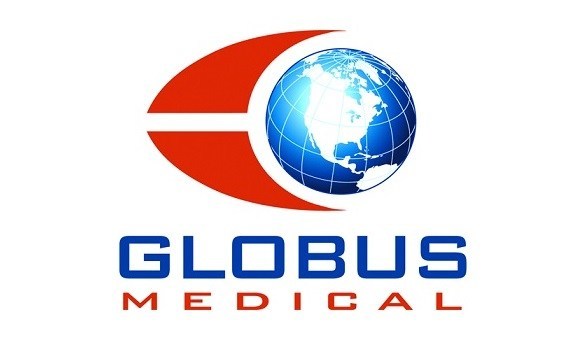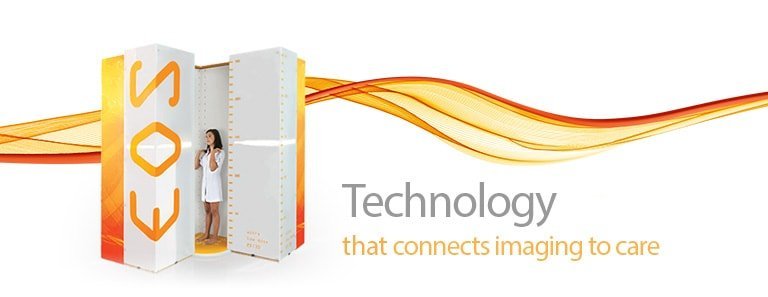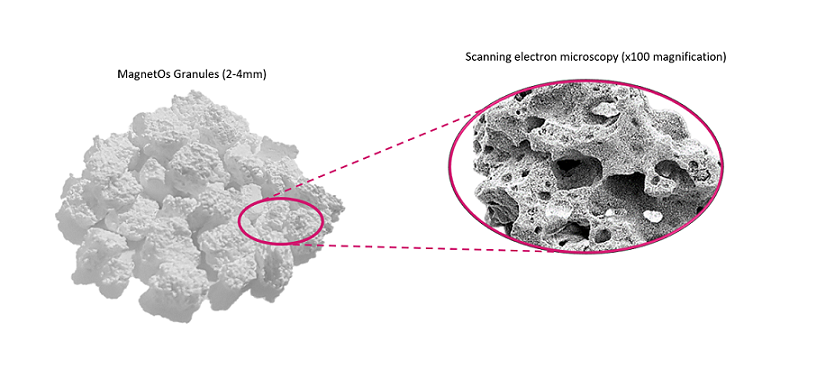June 28, 2018
Attorney General Jeff Sessions and Department of Health and Human Services (HHS) Secretary Alex M. Azar III, announced today the largest ever health care fraud enforcement action involving 601 charged defendants across 58 federal districts, including 165 doctors, nurses and other licensed medical professionals, for their alleged participation in health care fraud schemes involving more than $2 billion in false billings. Of those charged, 162 defendants, including 76 doctors, were charged for their roles in prescribing and distributing opioids and other dangerous narcotics. Thirty state Medicaid Fraud Control Units also participated in today’s arrests. In addition, HHS announced today that from July 2017 to the present, it has excluded 2,700 individuals from participation in Medicare, Medicaid, and all other Federal health care programs, which includes 587 providers excluded for conduct related to opioid diversion and abuse.
Attorney General Sessions and Secretary Azar were joined in the announcement by Acting Assistant Attorney General John P. Cronan of the Justice Department’s Criminal Division, Deputy Director David L. Bowdich of the FBI, Assistant Administrator John Martin of the Drug Enforcement Administration (DEA), Deputy Inspector General Gary Cantrell of the HHS Office of Inspector General (OIG), Deputy Chief Eric Hylton of IRS Criminal Investigation (CI), Centers for Medicare and Medicaid Services (CMS) Deputy Administrator and Director of the Center for Program Integrity Alec Alexander and Director Dermot F. O’Reilly of the Defense Criminal Investigative Service (DCIS).
Today’s enforcement actions were led and coordinated by the Criminal Division, Fraud Section’s Health Care Fraud Unit in conjunction with its Medicare Fraud Strike Force (MFSF) partners, a partnership between the Criminal Division, U.S. Attorney’s Offices, the FBI and HHS-OIG. In addition, the operation includes the participation of the DEA, DCIS, IRS-CI, Department of Labor, other various federal law enforcement agencies, and State Medicaid Fraud Control Units.
The charges announced today aggressively target schemes billing Medicare, Medicaid, TRICARE (a health insurance program for members and veterans of the armed forces and their families), and private insurance companies for medically unnecessary prescription drugs and compounded medications that often were never even purchased and/or distributed to beneficiaries. The charges also involve individuals contributing to the opioid epidemic, with a particular focus on medical professionals involved in the unlawful distribution of opioids and other prescription narcotics, a particular focus for the Department. According to the CDC, approximately 115 Americans die every day of an opioid-related overdose.
“Health care fraud is a betrayal of vulnerable patients, and often it is theft from the taxpayer,” said Attorney General Sessions. “In many cases, doctors, nurses, and pharmacists take advantage of people suffering from drug addiction in order to line their pockets. These are despicable crimes. That’s why this Department of Justice has taken historic new steps to go after fraudsters, including hiring more prosecutors and leveraging the power of data analytics. Today the Department of Justice is announcing the largest health care fraud enforcement action in American history. This is the most fraud, the most defendants, and the most doctors ever charged in a single operation—and we have evidence that our ongoing work has stopped or prevented billions of dollars’ worth of fraud. I want to thank our fabulous partners with the FBI, DEA, our Health Care Fraud task forces, HHS, the Defense Criminal Investigative Service, IRS Criminal Investigation, Medicare, and especially the more than 1,000 federal, state, local, and tribal law enforcement officers from across America who made this possible. By every measure we are more effective at finding and prosecuting medical fraud than ever.”
“Every dollar recovered in this year’s operation represents not just a taxpayer’s hard-earned money—it’s a dollar that can go toward providing healthcare for Americans in need,” said HHS Secretary Azar. “This year’s Takedown Day is a significant accomplishment for the American people, and every public servant involved should be proud of their work.”
According to court documents, the defendants allegedly participated in schemes to submit claims to Medicare, Medicaid, TRICARE, and private insurance companies for treatments that were medically unnecessary and often never provided. In many cases, patient recruiters, beneficiaries and other co-conspirators were allegedly paid cash kickbacks in return for supplying beneficiary information to providers, so that the providers could then submit fraudulent bills to Medicare. Collectively, the doctors, nurses, licensed medical professionals, health care company owners and others charged are accused of submitting a total of over $2 billion in fraudulent billings. The number of medical professionals charged is particularly significant, because virtually every health care fraud scheme requires a corrupt medical professional to be involved in order for Medicare or Medicaid to pay the fraudulent claims. Aggressively pursuing corrupt medical professionals not only has a deterrent effect on other medical professionals, but also ensures that their licenses can no longer be used to bilk the system.
“Healthcare fraud touches every corner of the United States and not only costs taxpayers money, but also can have deadly consequences,” said FBI Deputy Director Bowdich. “Through investigations across the country, we have seen medical professionals putting greed above their patients’ well-being and trusted doctors fanning the flames of the opioid crisis. I want to thank the agents, analysts and our law enforcement partners in every field office who work each and every day to stop these criminals and hold them accountable for their actions.”
“DEA is committed to ending the opioid crisis occurring in our communities and preventing prescription drug misuse,” said DEA Assistant Administrator Martin. “DEA will continue to work with our partners every day to protect our citizens while ensuring that patients have adequate access to these critical medications.”
“This year’s operations, focusing on opioid-related schemes, spotlight the far-reaching impact of health care fraud,” said HHS Deputy Inspector General Cantrell. “Such crimes threaten the vitally important Medicare and Medicaid programs and the beneficiaries they serve. Though we have made significant progress in our fight against health care fraud; our efforts are not complete. We will continue to work with our partners to protect the health and safety of millions of Americans.”
“It takes a special kind of person to prey on the sick and vulnerable as happened in many of these health care fraud schemes,” said Deputy Chief Hylton. “Medical professionals and others callously placed individuals and vital healthcare services in harm’s way simply because of greed. IRS-CI special agents continue to work side-by-side with other federal, state and local law enforcement officers to uncover these schemes and hold these criminals accountable for their actions.”
“CMS makes it a top priority to protect the health and safety of millions of beneficiaries who depend on vital federal healthcare programs,” said Alec Alexander, deputy administrator and director of the Center for Program Integrity. “CMS’ Center for Program Integrity collaborates closely with our law enforcement partners to safeguard precious taxpayer dollars. Under Administrator Seema Verma, we will continue to strengthen this partnership with law enforcement in order to ensure the integrity and sustainability of these essential programs that serve millions of Americans.”
“Heath care fraud wounds our service members and veterans alike, as they rely upon and rightfully expect uncompromised care through the Department of Defense’s TRICARE Program,” said DCIS Director O’Reilly. “Investigations that culminated in enforcement actions over the past several days underscore the steadfast commitment of the Defense Criminal Investigative Service and our investigative partners to vigorously investigate fraud impacting TRICARE. We remain vigilant in our efforts to ensure the high standards of care our service members, military retirees, and their dependents deserve while safeguarding American taxpayer dollars.”
The Medicare Fraud Strike Force operations are part of a joint initiative between the Department of Justice and HHS to focus their efforts to prevent and deter fraud and enforce current anti-fraud laws around the country. The Medicare Fraud Strike Force operates in 10 locations nationwide. Since its inception in March 2007, the Medicare Fraud Strike Force has charged over 3,700 defendants who collectively have falsely billed the Medicare program for over $14 billion.












